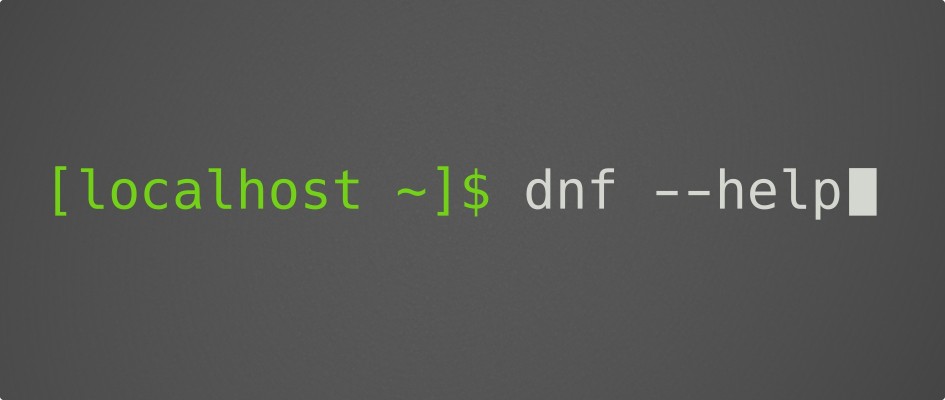http://fedoramagazine.org/managing-packages-fedora-dnf
 Fedora 22 shipped with a rather significant change under the hood: the introduction of DNF (DaNdiFied
YUM) as the default package manager. The change is visible only to
users that used YUM to work with Fedora packages. Users that use various
graphical tools like Software and Apper should have not noticed any
changes.
Fedora 22 shipped with a rather significant change under the hood: the introduction of DNF (DaNdiFied
YUM) as the default package manager. The change is visible only to
users that used YUM to work with Fedora packages. Users that use various
graphical tools like Software and Apper should have not noticed any
changes.
With DNF, one will run:
Similarly, to search for a package with YUM, one would use:
With DNF, one would use the similar command:
Some other basic commands that remain the same are: remove, update, distro-sync, check-update, info, history, reinstall, provides, repolist, list, downgrade, clean, and makecache. Even the corresponding commands pertaining to package groups remain the same: group info, group install, group remove. Common options also remain the same, such as -y to assume “yes” for all questions, and –enablerepo/–disablerepo switches.
For a complete list of changes between YUM and DNF, please consult the
 Fedora 22 shipped with a rather significant change under the hood: the introduction of DNF (DaNdiFied
YUM) as the default package manager. The change is visible only to
users that used YUM to work with Fedora packages. Users that use various
graphical tools like Software and Apper should have not noticed any
changes.
Fedora 22 shipped with a rather significant change under the hood: the introduction of DNF (DaNdiFied
YUM) as the default package manager. The change is visible only to
users that used YUM to work with Fedora packages. Users that use various
graphical tools like Software and Apper should have not noticed any
changes.Basic commands remain the same
While planning the new package manager, the DNF developers aimed to make the transition from YUM to DNF as easy as possible for users. They decided to use a command line syntax which replicated YUM’s commands as much as possible. The basic commands, therefore, are exactly the same. With YUM, for instance, one would run the following command to install a package, in this case, nano:sudo yum install nanoWith DNF, one will run:
sudo dnf install nanoSimilarly, to search for a package with YUM, one would use:
sudo yum search nanoWith DNF, one would use the similar command:
sudo dnf search nanoSome other basic commands that remain the same are: remove, update, distro-sync, check-update, info, history, reinstall, provides, repolist, list, downgrade, clean, and makecache. Even the corresponding commands pertaining to package groups remain the same: group info, group install, group remove. Common options also remain the same, such as -y to assume “yes” for all questions, and –enablerepo/–disablerepo switches.
DNF plugins for more advanced commands
Advanced users will notice that the text does not yet mention other functions that yum-utils carried out, such as installing debuginfo packages or downloading source RPMs from the repositories. To provide such advanced functionality, DNF uses various plugins which are provided by different packages in the Fedora repositories. The table below documents some of these plugins:| YUM command | DNF command | Provided by package |
debuginfo-install |
dnf debuginfo-install |
dnf-plugins-core |
repoquery |
dnf repoquery |
dnf-plugins-core |
yum-builddep |
dnf builddep |
dnf-plugins-core |
yum-config-manager |
dnf config-manager |
dnf-plugins-core |
yumdownloader |
dnf download |
dnf-plugins-core |
repo-graph |
dnf repograph |
dnf-plugins-extras-repograph |
yum2dnf man page.
No comments:
Post a Comment